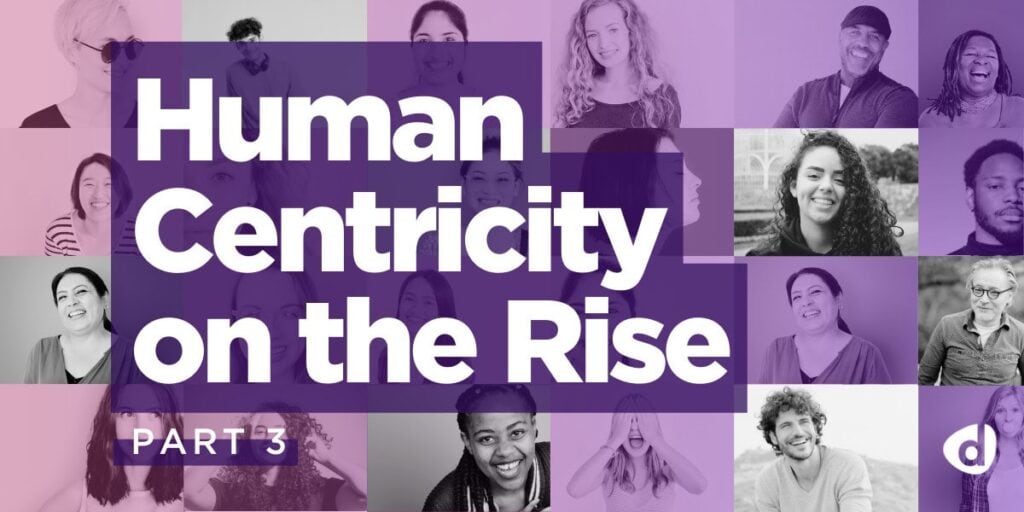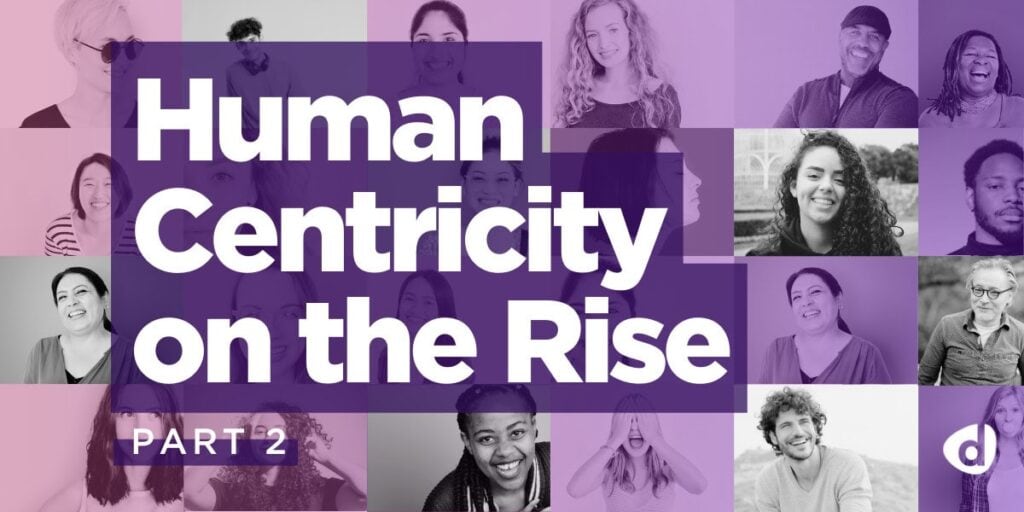Making the Consumer Part of Your Innovation Team

Often, when we think about the customer, we think of them only in terms of their buying journey, or when they are at the point of purchase. We brainstorm and come up with ideas for how to approach said customer by segmenting and carving out isolated stages of their interaction with us, build on those ideas, and ask only then how we will convince the consumer to buy it.
This process needs to be flipped on its head.

The customer should always come first. They should be an integral part of the fabric of your brand. Instead of thinking of the customer only at the point of sale or pre-sale, brands should be developing strategy and building products that have been influenced by customer feedback from the very start.
Some might argue with the famous quote often attributed to Henry Ford, “If I had asked people what they wanted, they would have said faster horses.” But that approach ignores the complexity of research, design, and innovation processes. Sure, when you ask consumers what they want, they may ask for certain low-impact features or suggest upgrades that aren’t feasible. However, as you dig deeper, you may find that they are attempting to address a larger need. It’s up to you to uncover what that is.
There are an incredible number of resources that will help you to understand, in great depth, the “who, what, where, when” questions. These questions are critical for your understanding of customers and users, but they cannot exist within a vacuum. To truly begin to understand them, and gather insights that lead to real impact on your business, you need the context behind this data, and to answer the “why” questions. When you engage in conversations with consumers, you’re able to dive deeper into these nuances and uncover larger needs that the ones being stated. A faster horse? Why do they need to travel long distances quickly to begin with?
Many forego asking the “why” altogether because they perceive it as too difficult, or “impossible to scale.” Perhaps that was true when the only option was to fly across the world to be stuck behind mirrored glass for hours on end, but the most innovative organizations conduct research at scale online. This gives access to the answers in a matter of days rather than weeks, without ever hopping on a plane.
Many brands have begun weaving customers into their innovation practices by launching team or enterprise-wide initiatives that facilitate building empathy and understanding for the consumer. By enabling everyone across their team to engage in conversations with their target audiences on a regular and ongoing basis, teams are able to develop strategy that is not only innovative, but customer-centric.
To learn more about how to start involving customers into your innovation cycle, read our guide, “Build What People Will Buy.”
Sign Up for our Newsletter
Related Articles

Human Centricity on the Rise: Navigating the New Era, Part 3
How to unlock human centricity at scale with a key mindset shift In Part 1 of this blog series, I…
How to unlock human centricity at scale with a key mindset shift In Part 1 of this blog series, I…

From Apathy to Empathy: The 3 Steps to Design for Human Centricity at Scale
By Adam Mertz, Chief Growth Officer at Discuss Introduction I recently had the opportunity to moderate a compelling discussion between…
By Adam Mertz, Chief Growth Officer at Discuss Introduction I recently had the opportunity to moderate a compelling discussion between…

Human Centricity on the Rise: Navigating the New Era, Part 2
Explore the strategies driving success as global leaders prioritize human centricity in future-proofing consumer insights In the first blog of…
Explore the strategies driving success as global leaders prioritize human centricity in future-proofing consumer insights In the first blog of…


